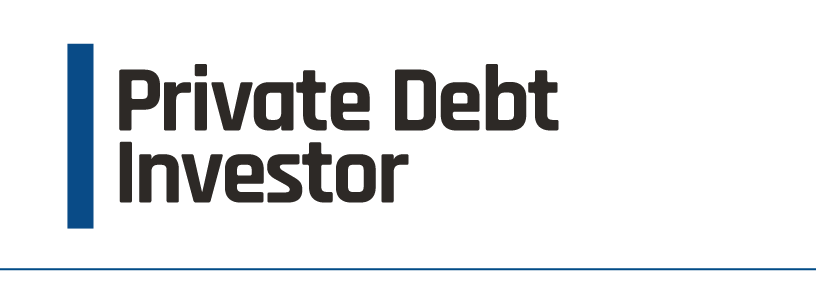
December 2018/January 2019 Issue
DOWNLOAD: Goldman leaps to the top of the PDI 50
The US giant has knocked Lone Star off its perch in a year in which the cumulative capital accounted for by private debt's biggest fundraisers was almost double the 2014 total. Check out our interactive guide to the PDI 50.
How the PDI 50 is calculated
What counts - and doesn't count - towards the five-year fundraising total.
How economies of scale play into Europe’s debt market
As the PDI 50 reveals, competition at the top has never been tougher. Graeme Delaney-Smith of Alcentra,offers insight into the current state of Europe’s deal market.
PDI 50: BDCs levelling up
While the same big players continue to dominate the list of the largest BDCs, new legislation could shake up future rankings.
PDI 50: the top 10
This year's crème de la crème of the private debt fundraising world.
PDI 50: Where the capital comes from
As more capital floods into private debt than ever before, Christian Allgeier of First Avenue looks at the reasons behind the increase in LP appetite for the asset class and the new areas of investment.
PDI 50: the cost of consolidation
The drift of capital towards a small cohort of mega-funds remains a theme for private debt, but at what price?
PDI 50: the takeaways
Every year we run the PDI 50 we get a clearer picture of not only who the leading firms are and the key trends in the industry.
What happens when private equity deals dry up?
Larger private debt managers have never had it so good, but possible over-reliance on the PE market may leave some regretting their neglect of the non-sponsored opportunity.
Fees are a focus, even in good times
Few private market managers provide fee discounts for early and repeat investors, while credit managers often only provide breaks to those making commitments over a certain amount, Andrew Hedlund finds
Why managers are becoming targets
Raising money for their funds is always on the mind of private markets managers, but they should not ignore the need to finance their own business growth. John Bakie speaks to a specialist in the field
Europe’s missing ingredient
Firms and investors at our annual London event expressed agreement that the non-sponsored deal market has failed to live up to expectations. By Andrew Hedlund
Why SME lending could be an attractive investment proposition
With low defaults, tough lending criteria and a diversified portfolio, lending to smaller businesses can prove itself resilient to changes in the cycle, maintains Stéphane Blanchoz of BNP Paribas Asset Management
How to negotiate good terms in the lower mid-market
It’s still possible to negotiate decent terms in the lower mid-market, but does that compensate for country and political risks? David Turner seeks to find out
Why it’s important to get heavy in the German market
Fund managers attempting to penetrate the Mittelstand need to target asset-heavy businesses to compensate for weaker credit metrics. Daniel Heine of Patrimonium explores the landscape.
Credit managers factored into Asia’s growth
As smaller companies in the region face liquidity constraints, non-bank lenders are coming to the fore with financing solutions, writes Adalla Kim
What trade war?
Two major policy changes in Washington – the tax reform bill and tariffs on Chinese imports – have been talking points for US private equity this year but are not yet affecting portfolios. By Isobel Markham
The shifting sands of the BDC market
The march into CLOs and action against the AFFE rule are developments that Andrew Hedlund believes will change the shape of the BDC market in 2019.
Why systems need a reboot
As firms begin to adopt more technology in their investment processes, a lack of integration could hinder LPs rather than help. Rebecca Szkutak reports
The family office intent on avoiding the ‘greedy’ managers
While happy with short-duration debt, and now considering longer-duration strategies, Blu Family Office’s Tom Tardif is not impressed with some funds’ low deployment rates.
Why private debt’s pockets are far from bulging
A new study shows the asset class’s fund managers have levels of dry powder below the long-term average. Andy Thomson reports






 Special Edition
Special Edition